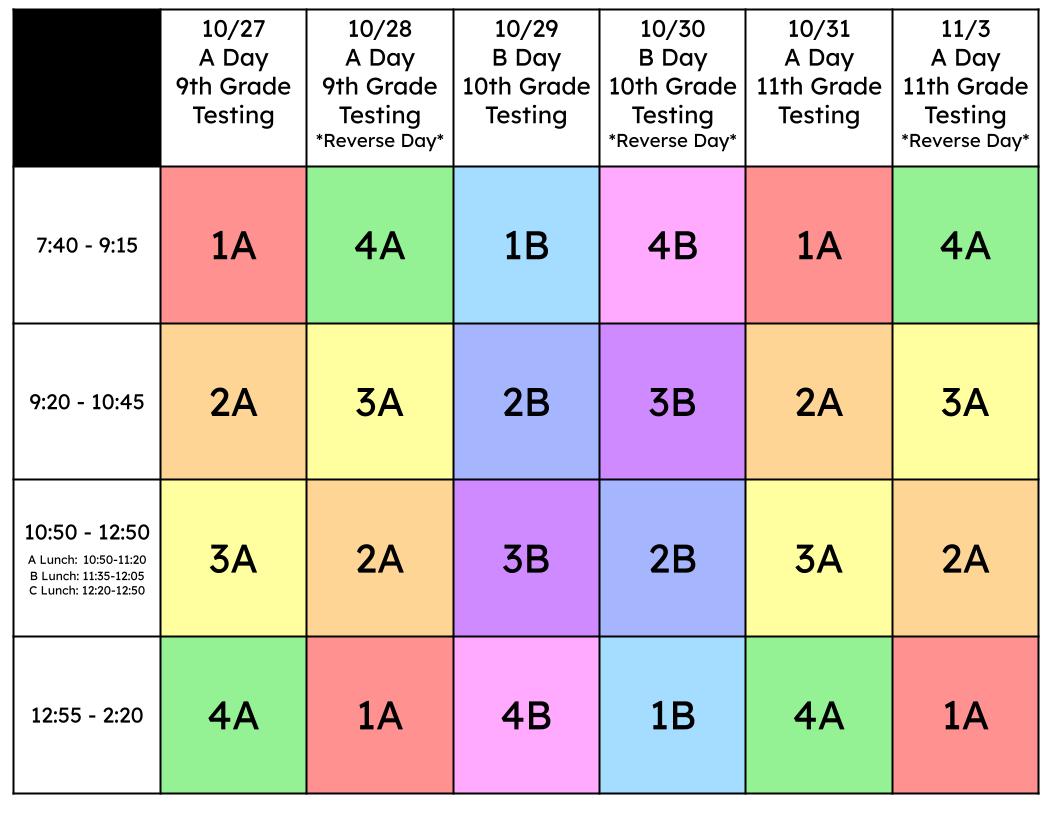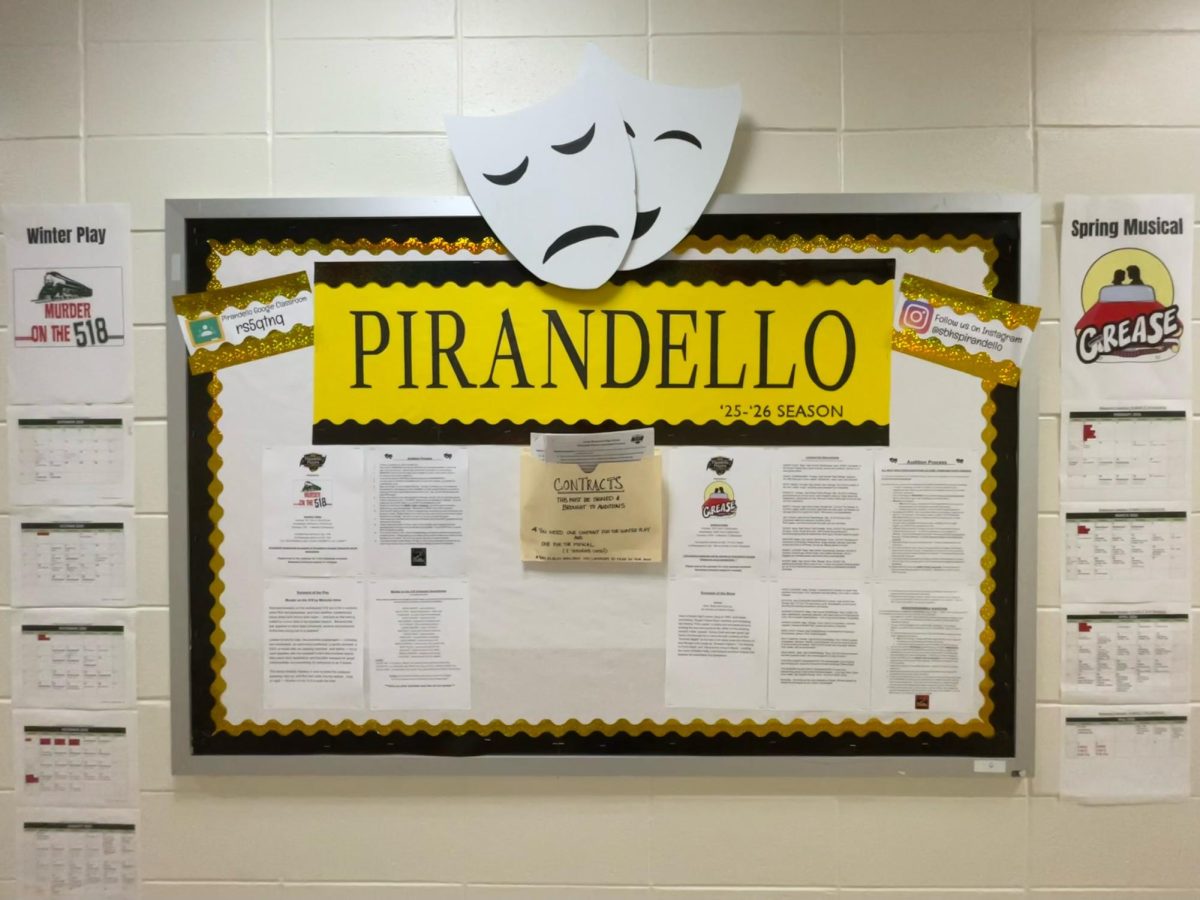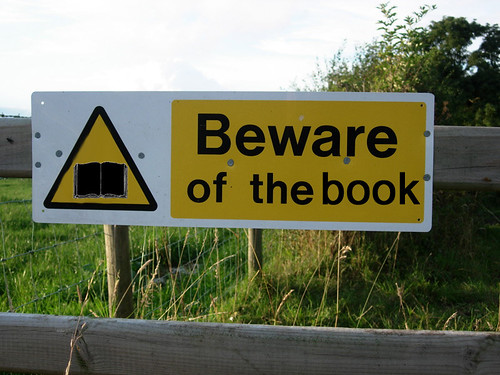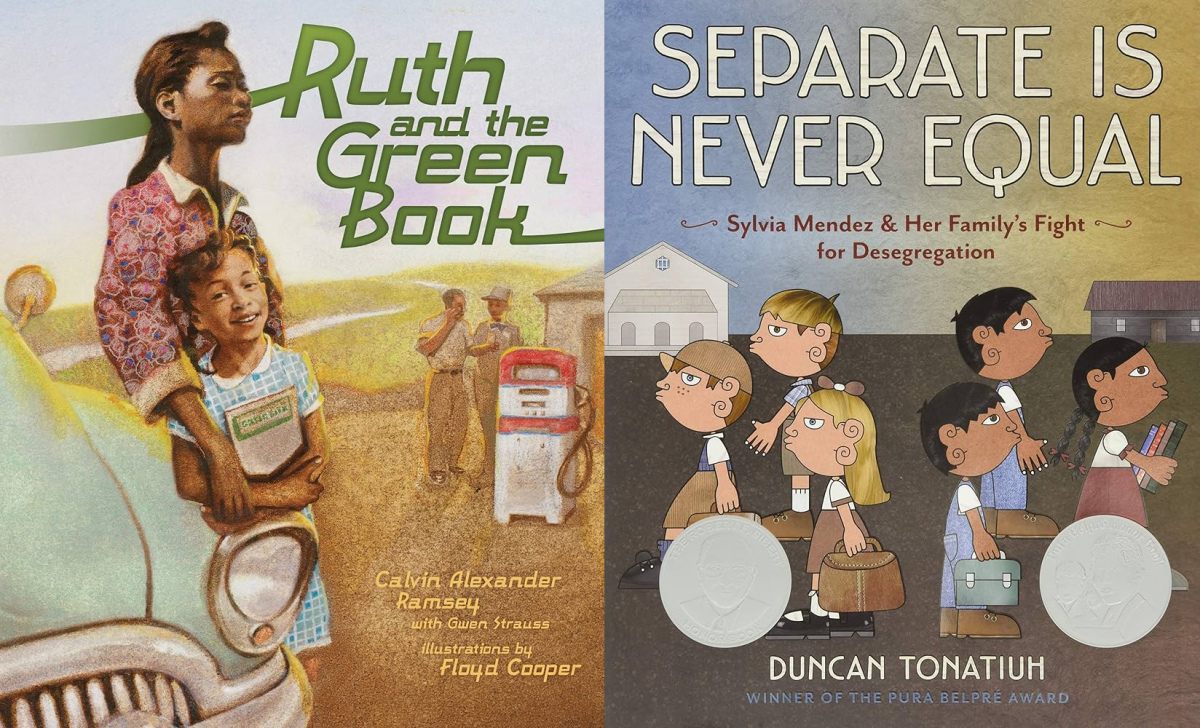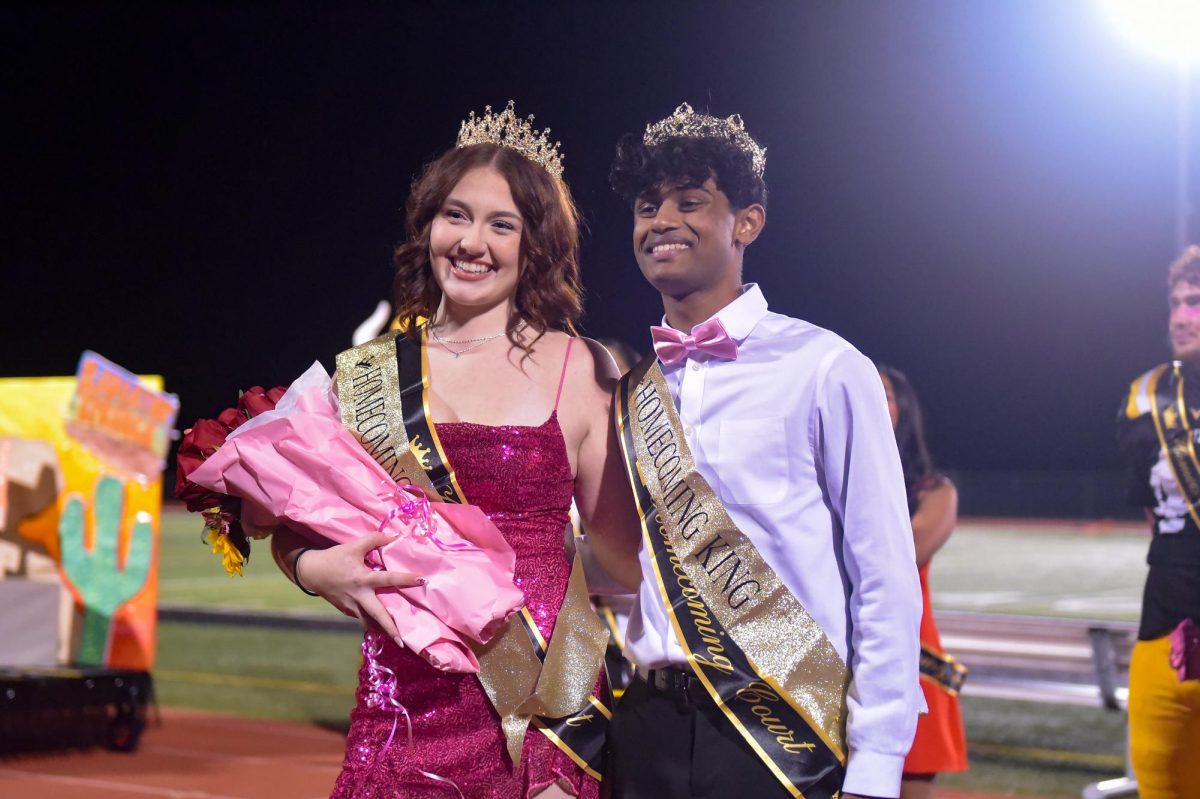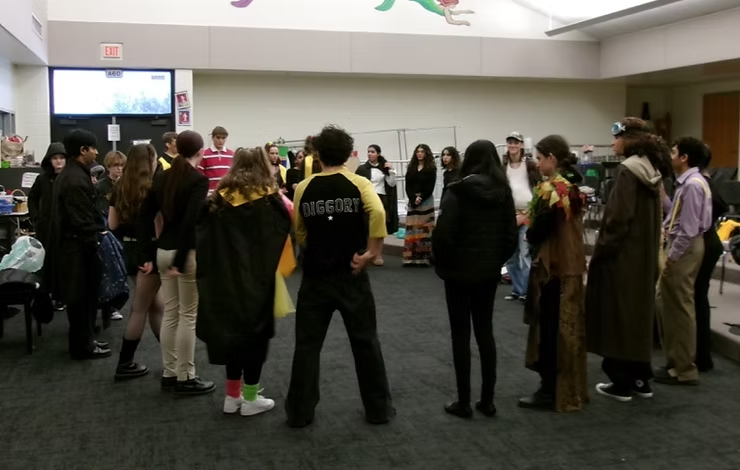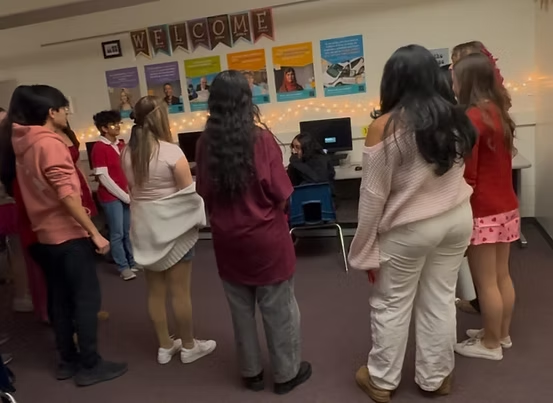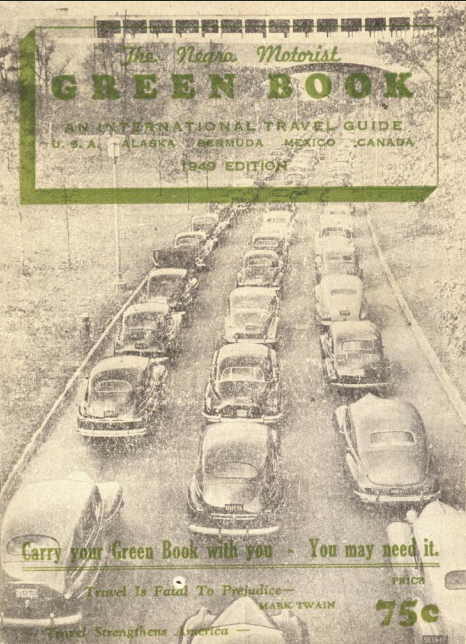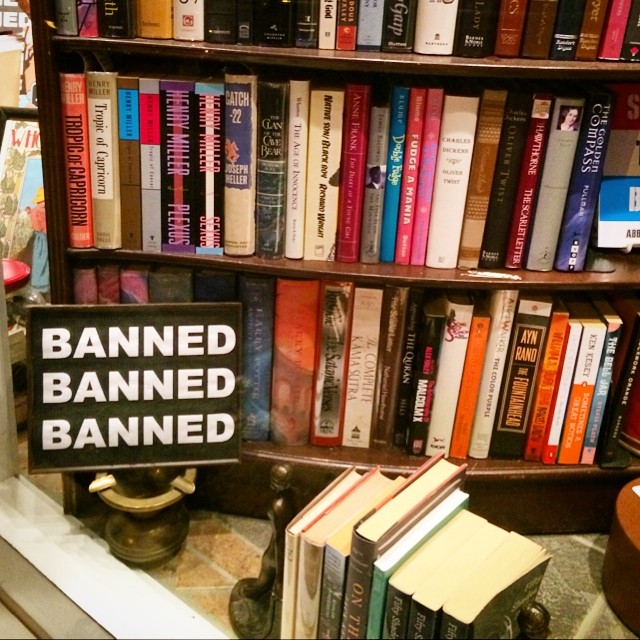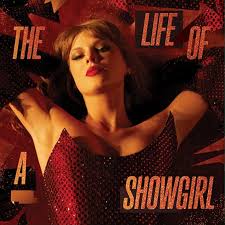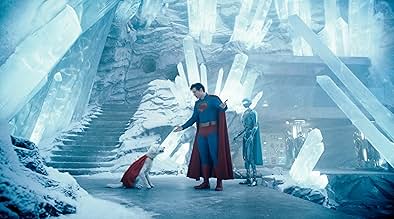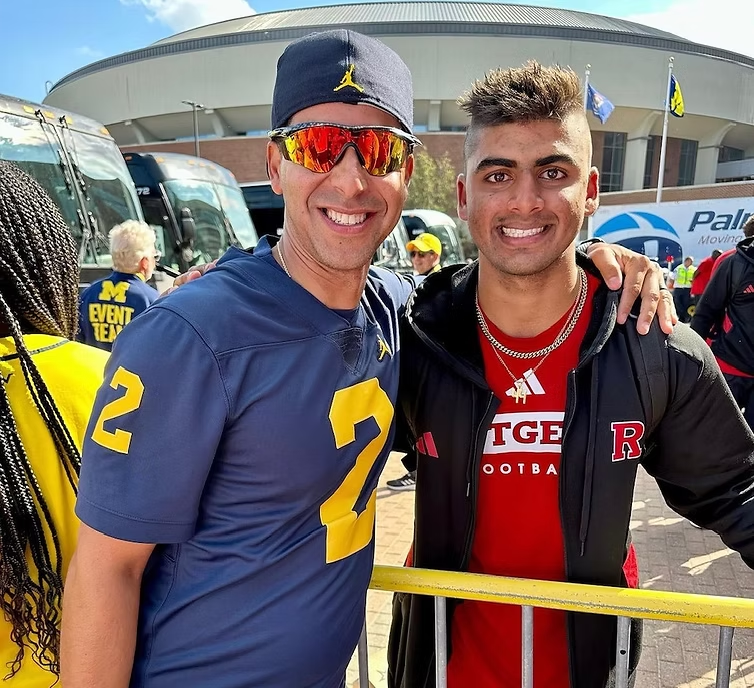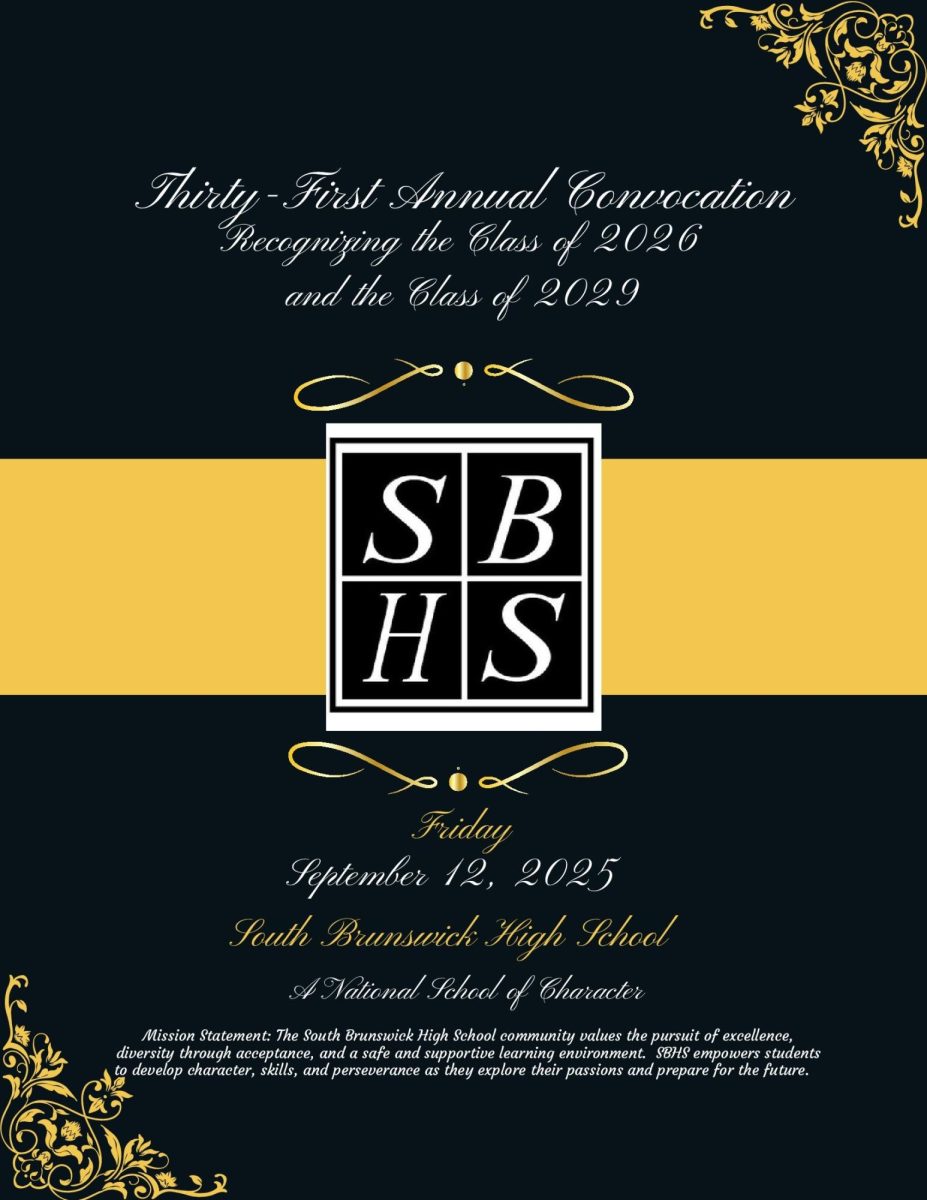Which books belong in a curriculum? This is a question brought up in many states throughout the country. Recently, the same question was brought up at South Brunswick’s Board of Education meeting in August of 2025. During this meeting, Board Member Mr. Rajesh Soni asked Assistant Superintendent Dr. Mamman about two specific books and their place in the South Brunswick curriculum. The books were “Ruth and the Green Book” by Calvin Alexander and Gwen Strauss, and “Separate is Never Equal” by Duncan Tonatiuh. The controversy they’ve sparked in other states is large, to say the least. While the question was quickly answered and not brought up at future board meetings, it is still import explore the place of all books in SBHS’s curriculum and the process to determine whether a book belongs.
After Dr. Mamman explained to him that the books were already in the curriculum, Mr. Soni conceded: “If you are already using it, then it’s nothing new we’re introducing.” This suggests that there is an important distinction between books that are already on the curriculum and those that have not yet been approved by the Board.
“These titles were in the curriculum and taught by some of our now middle school teachers long before I came to South Brunswick. This dates as far back as 2017 from my research,” Dr. Mamman said in an interview.
With this issue addressed, the Viking Vibe decided to dig deeper and find out exactly how books were deemed suitable for the student body. As described by Dr. Mamman, the steps to getting a book into the curriculum is as follows: Librarians or teachers first assess the current collection and find areas to grow. They then choose books based on how it aligns with the school’s learning objectives, and make sure that said books are engaging, diverse, and appropriately leveled. After this, professional reviews are taken into account, as well as good writing quality and accurate, up to date information. Input is then gathered from administrators, librarians, teachers, and parents. Books are then approved based on BOE policies and guidelines. Once all of this is finished, books are purchased and added to the library or class. “Both books expose students to critical civil rights history in age-appropriate ways,” Mamman explained. For reference, the books questioned by Mr. Soni are made for ages 7-11 and 6-9 respectively.
The books questioned at the meeting are specifically important because they are able to connect to young readers significantly and allow them to learn what injustices people faced. Specifically, “Separate is Never Equal” talks about Mexican American school segregation and the Mendez vs. Westminster case in 1947, in which a Mexican-American girl was turned away from a White-only school. “Ruth and the Green Book,” similarly, is about the Jim Crow era south, and the importance of the “Negro Motorist Green Book” for Black travelers. “We are using both books as mentor texts in a historical fiction writing unit by providing students with a model for incorporating historical facts, developing realistic characters, and using a narrative structure to tell a compelling story,” Mamman said.
The process of approving books to enter the SB curriculum is intricate and lengthy, with the importance to the education of students being a top priority.
